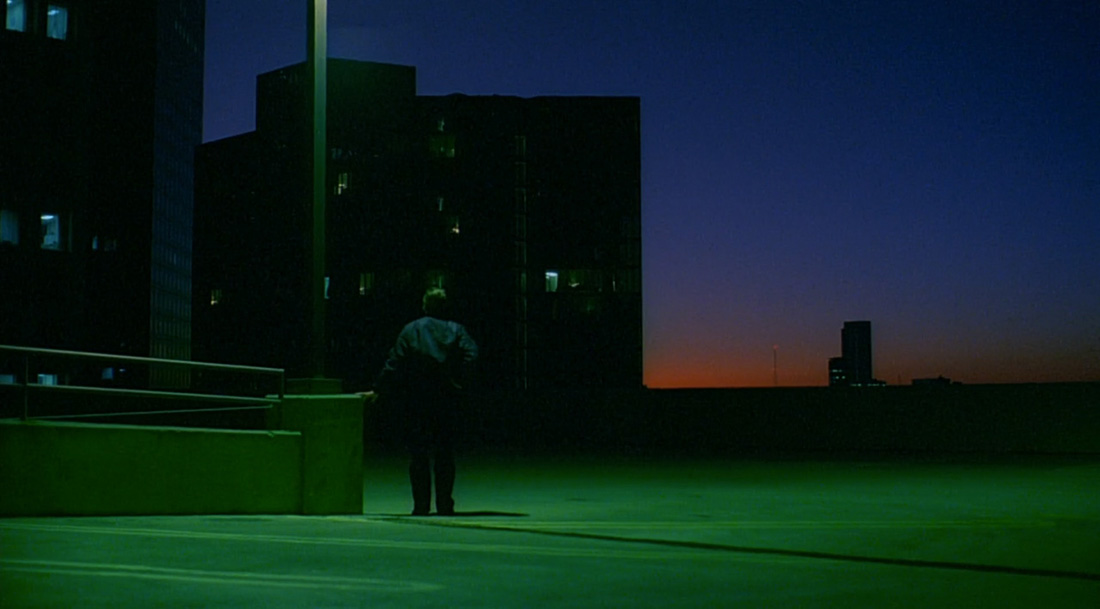Wim Wenders is one of those directors whose approach is both cinematic and photographic at the same time. He is in fact a very prolific photographer with several books and often exhibiting his work. The film Paris, Texas (1984) is the proof. This sunny trip leads you into American lands from California to Texas. It is a major New Hollywood movie and a highlight in the career of Wim Wenders, who traveled the American west coast with his Plaubel before shooting it.
Typical of the road movie genre, it highlights the everyday, the mundane, the boredom, loneliness with color and natural light. Its aesthetic will surely evoke in you various references, from Westerns to Edward Hopper, from William Eggleston to Stephen Shore… But the German director made sure not to make a movie solely of pictorial references. Therefore, no storyboard was drawn up in advance, but started each morning with his Director of Photography. “We didn’t want to come with a pre-existing idea, says Wenders, but be inspired by the places and not by our memory of these places in the cinema.” Through the direction of photography by his faithful partner Robby Müller, they magnified the great American lands.
The movie tells the story of Travis, who was lost for 4 years and was finally found while wandering in the Mojave desert by his brother Walt who raised his son since his disappearance. Travis will slowly remember his past, and decide, in company of his son, to find Jane, his wife. Many times, Travis remains in contemplation, we see him scanning the sky through aircraft, often with binoculars, staring at it as if he was trying to identify it. This is part of his need to reclaim territory to revive his latent identity.
“It’s a perfect blend of a gripping storyline, characters filled with great depth and images that are true pictures.”
The sets and objects take on a poetic dimension, and become decisive factors in the emotions of the characters, as with walkie-talkies or two-way mirrors.
The different games of lights were meticulously thought of so that colored open spaces fit with darker interiors. Whether it’s the blue of the desert sky, that you can also find on the painting of the rental car, or Travis’ car, or the walls of the building where Jane works, blue is a color that will be presented in big or small details all along the film.
The color red is used deliberately as it is the common theme of the story: from beginning with Travis’ cap, to the end with the car leaving Houston in the dusk, red is present all along the way. And therefore, Travis, his son and his wife are all wearing red. This arrangement illustrates their quest for identity in the reconstruction of their family.
Note also the use of green, at the very beginning when the doctor examines Travis, or at the end when he observes Hunter and Jane from the parking. The use of these three basic colors (as in Hitchcock’s Vertigo) are like timeless states of mind in the journey of the character, before he disappears gradually towards the horizon in the background, like a lone hero in the Wild West.
If Paris, Texas won the Palme d’Or at Cannes in 1984, it is because it’s a perfect blend of a gripping storyline, characters filled with great depth and images that are true pictures (as the final scene, which could have been an Edward Hopper painting). These screenshots are like a travel diary that will surely invite you to watch the film.






















































